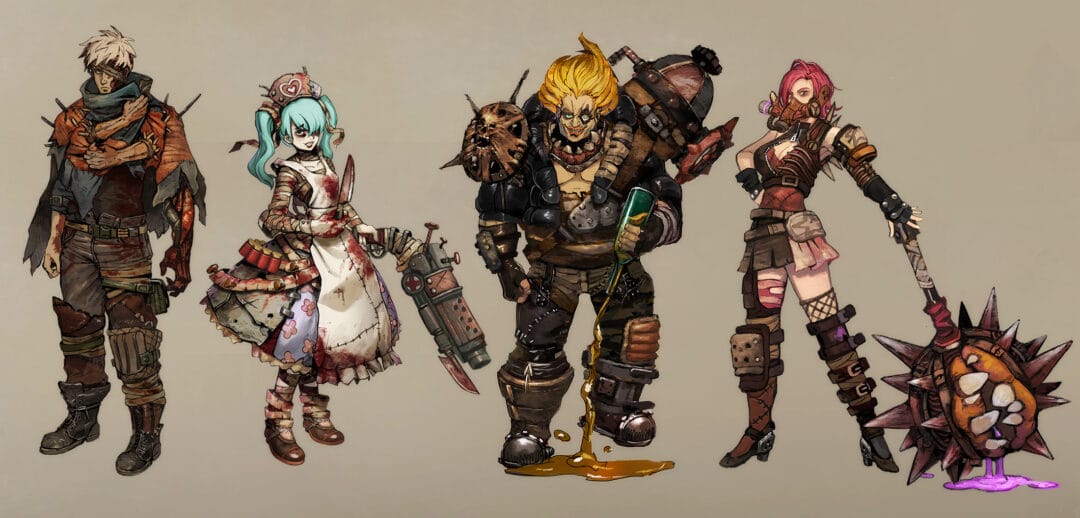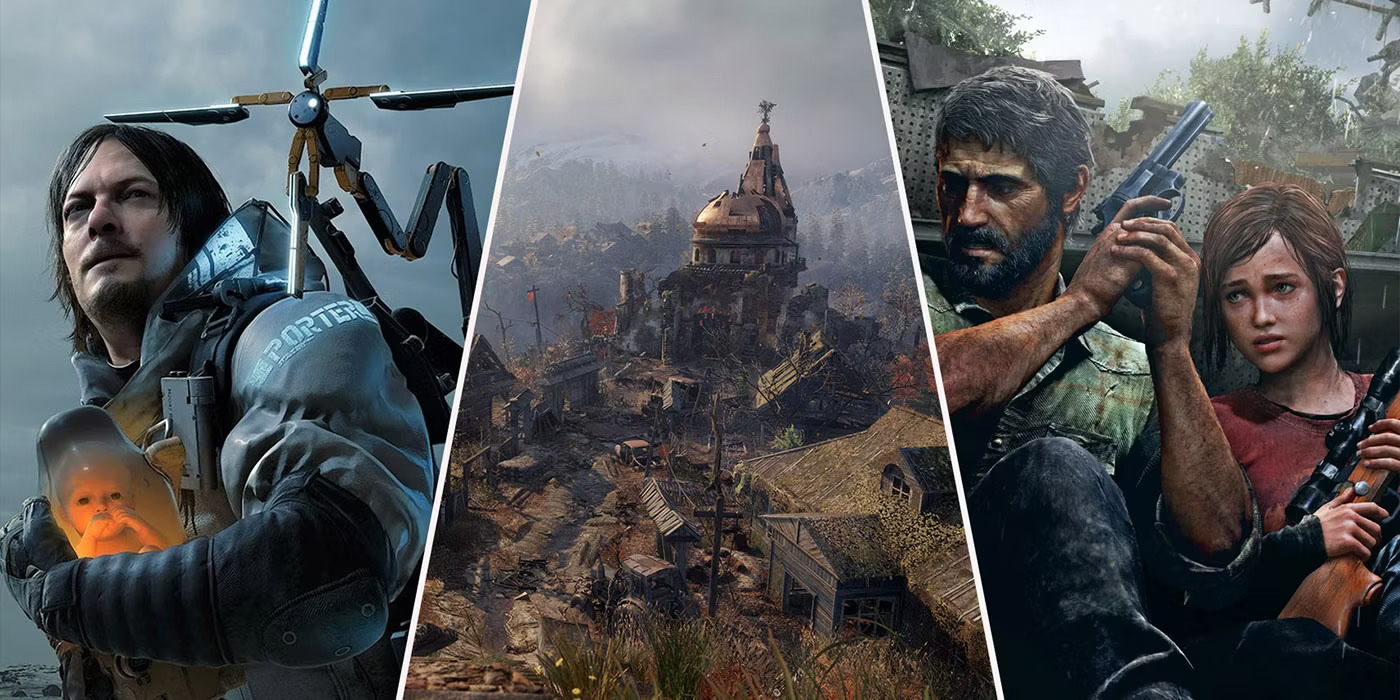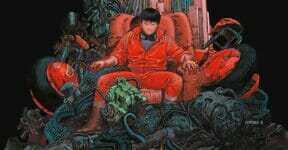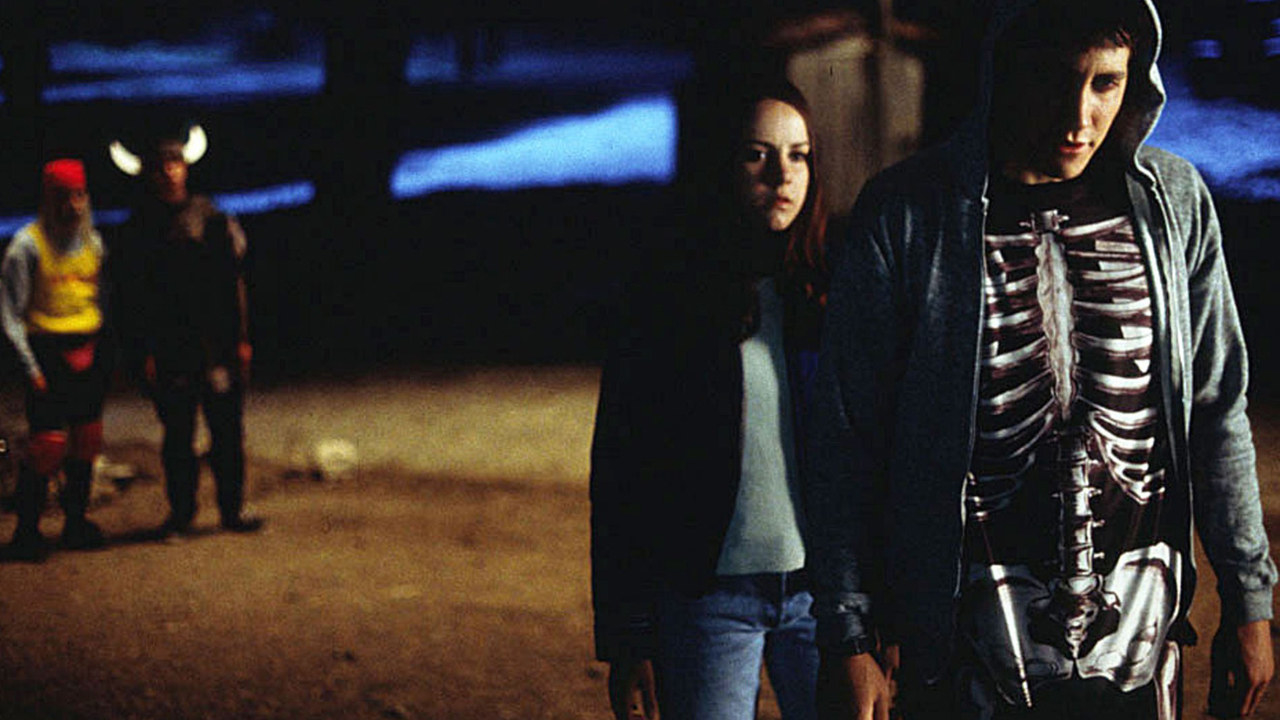Creating a post-apocalyptic character design requires you to follow a simple workflow: choose a broad concept, decide what abilities the character should possess, and pick a costume that matches the doomsday event in the first place.

Chances are you will come across some clichés along the way of character development, such as a pointlessly evil person who hates everyone, gun-slinging survivalists who always escape monsters’ attacks unscathed, or someone who just happens to be immune to zombie bites for no reason. But not every cliché is bad; remember that clichés are sometimes unavoidable because they are good. What’s more important is how you utilize them to improve characterization.
Concept
An early concept doesn’t have to be overly complex as it only has to represent the general vision about what your apocalypse-survivors should be. Think about the role you want the characters to play in the story, their past combat experiences (if any), and what they will become when the story concludes. Some people fall into the trap of crafting intricate backgrounds for their characters during the concept phase. While there is nothing wrong about it, you might want to first figure out what they actually do in the narrative.
Some characters are combat-trained, college students, farmers, community leaders, medical workers, teachers, school administrators, or politicians, while others are self-employed in general. Not every character (without help from others) can tackle the challenges of night patrol, treating injuries, exposure to poisonous water, zombie attacks, and all sorts of precarious situations in a post-apocalyptic world. Develop the character concept based on the roles and activities associated with them.
The same thing applies to naming the character. Simple two-syllable names can work best, and try avoiding silly-sounding ones. You might be tempted to use names from games or films, but you should at least try to come up with something original. Although names like “Mad Maxine” or “Snake Heineken” sound cool indeed, anybody can tell you are using mere wordplay. The good thing is that a name has very little to do with the design part; change it as many times as you like during the development.
Background
First thing first, you never really need a background to start a post-apocalyptic character design. That said, a thought-out background can be helpful to give the characters some context and ensure that everything they do is relevant to their profession, experience, and mindset before the apocalypse. For example, a former soldier should be able to wield various firearms during combat but clueless about pregnancy-related matters; a doctor is knowledgeable about medicines and diseases yet gets confused when repairing a car.

Characters’ backgrounds are not always pointing to the past. Their life aspirations, shortcomings, relationships, and states of mind also play major factors in determining personalities. How they survived the apocalypse must be taken into account as well. Many things naturally change following a doomsday event, including survivors’ motivations to keep on going and their general outlook towards life, society, and the world at large. The apocalypse might deepen their religious beliefs or shatter their faith to pieces.
No matter how detailed the backgrounds are, always make room for the characters to grow and adapt as the story goes. And this is where another cliché can come in: an evil character turns good due to tragedies, whereas a courteous person is consumed by the evils all around and gradually obsessed with destruction.
Wardrobe
Here comes the most interesting part. One distinctive element of post-apocalyptic characters is the costume. Since the story is set in the aftermath of an apocalypse, the wardrobe should represent the nature of the doomsday event and the present condition of the environment. No matter what the apocalypse might be, the following ideas should work in all post-apocalyptic situations:
• Weather the wardrobe: it is highly unlikely that survivors will find a good supply of clothes in a post-apocalyptic world. The costume should therefore look worn and repaired repeatedly. Loose threads, holes, patches, and cuts are nothing unusual. Basically, aim for an abused and reused aesthetic.
• Dirty color: a blend of black and brown colors helps simulate grease and dirt. If you want to be really elaborate about it, apply rubber coating on top of mineral oil for a weathering effect. Create blood splatters using tiny drops of red paint and stain it by rubbing the paint against grass.
• Layers: protective gears like goggles, shoulder plates, knee pads, and a tactical helmet make for a good post-apocalyptic armor. Painted EVA foam also looks like metal, and you can be creative with the design and placement for layering.
Spending time in a thrift shop might give some inspirations for post-apocalyptic wardrobes. Small items such as scarves, bracelets, wristwatches, old bits of metal, strange-looking keys and necklaces can add small details to complete the look.
We think you can find inspiration for your character everywhere. From films and novels to thrift shops and junkyards, they all provide a glimpse into how the post-apocalyptic world may look in the future. Another thing to remember is that your character doesn’t have to be human. AI robots can have stories told from their own perspectives, too.
Do you have favorite post-apocalyptic characters from popular media? In a post-apocalyptic world, should robots play the good characters or villains? We’d love to hear from you.
Other Things You Might Want to Know:
Is there such thing as overdressing in post-apocalyptic wardrobe?
Unless your character is a robot with full-body metal armors, overdressing (having too many layers) will affect mobility a great deal. There are exceptions, however. If the character is going through a radioactive zone and extreme low temperature, it makes sense to add more layers.
What about underdressing?
As exciting as it might be to look sexy with minimum clothing, the idea of underdressing doesn’t really mix well with the post-apocalyptic theme. The goal is to survive by avoiding radiation, freezing cold, zombies, cannibals and whatnot. Full-body protection increases your chances of survival.
What weapons should the characters carry?
A semi-auto rifle would be ideal, but ammunition should be scarce in a post-apocalyptic world. Melee weapons are preferable as long as they don’t get in the way of the characters’ movements. For example, a scythe looks menacing but it is not really a practical choice. Knives and crossbows are excellent options because you can use them for both fighting enemies and hunting for food.
Check out other articles by month:







